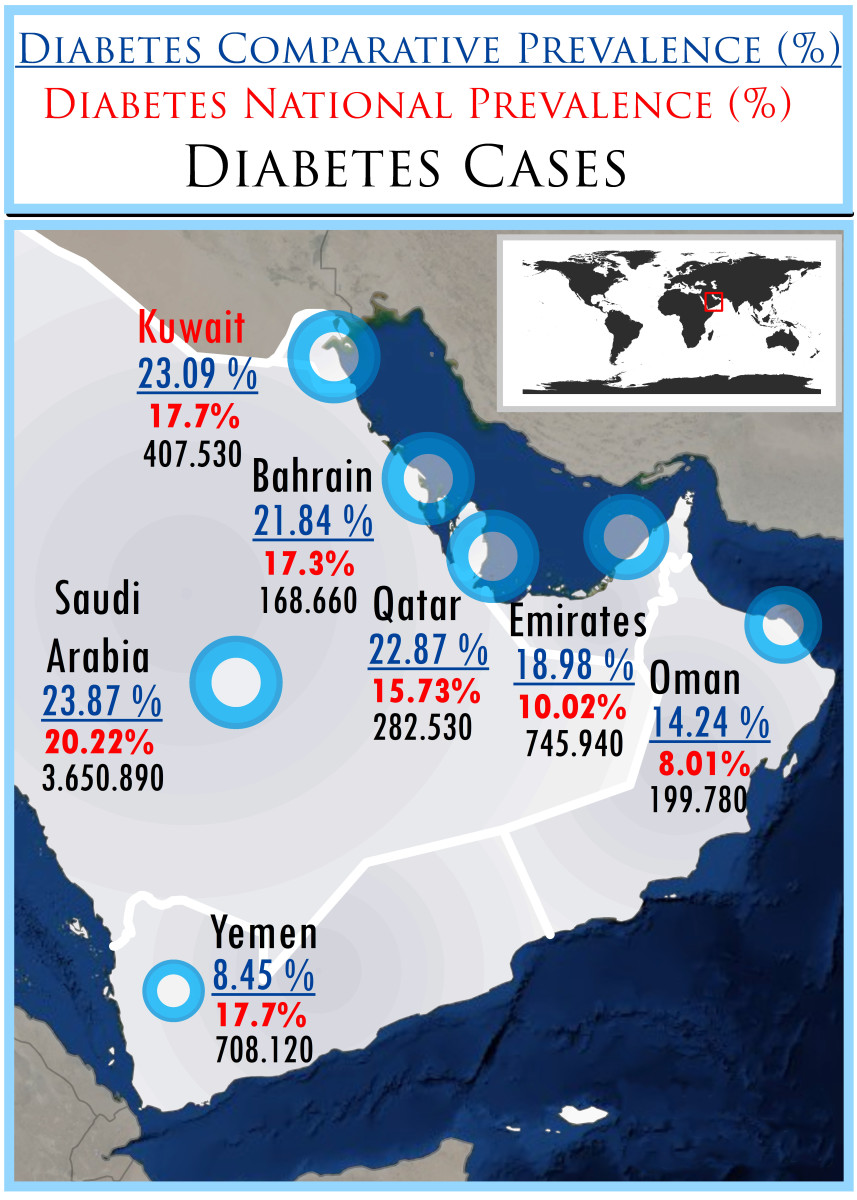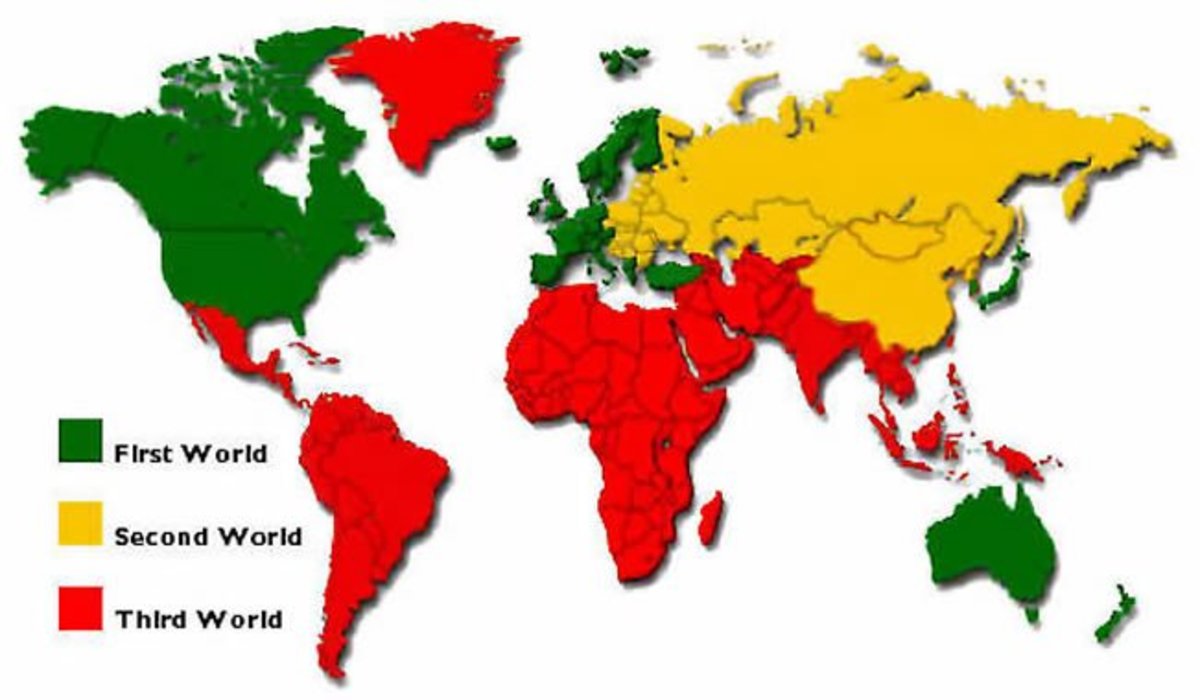Research Methods - Qualitative vs Quantitative Research

Research
‘Research is the systematic process of discovery and advancement of human knowledge’
(Gratton and Jones, 2004)
It can be classified as either Qualitative data or Quantitative data:
Quantitative/Qualitative
Quantitative research is numerical data, whereas Qualitative data involves words and looks to record emotions, feelings and opinions. This looks to explain why something is as something is, opposed to simply quantifying it. However Qualitative data can be used to produce qualitative data;
If I asked 5 people “What’s your favourite sport?” I would receive an answer in quantitative form, such as;
Football, Netball, Cricket, Football, Football
I could then convert this to quantitative data as shown below
Football = 3 Cricket = 1 Netball = 1
This is an ordinal measurement scale with the higher number representing a greater frequency of that particular response.
Objective/Subjective
Qualitative data is subjective as it is derived from thoughts existing within the mind of the subject whereas quantitative data is obtained externally through equipment readings or the process of doing something which is measurable.
Deductive/Inductive
Deductive research is one where the researcher makes a hypothesis prior to executing the research and then use the results in order to prove or disprove it accordingly. Inductive research however, uses the results of the research to form a hypothesis.
Quantitative data is generally deductive and Qualitative data inductive, however this is not to say that a quantitative data cannot be inductive or a qualitative data deductive, it is a generalisation opposed to an absolution.
Data collection methods:
1) Questionnaire – A systematic pre-determined set of questions which are posed to individuals in order to gather qualitive data which may then also be converted into qualitive data for ease of comparison and identifying patterns.
Questions differ in two main ways:
Closed question – This is where the question provokes a response which is limited in its range, most commonly this is a Yes or No answer, or quantatively a singular numeric value.
Open ended question – A question which invites the participant to answer with thoughts, feeling and opinions. Answers are generally greater in length and give a greater variety of answers.
2) Focus group – A Selected group of people who are encouraging to provide their opinions and feedback on your proposal or question.
3) Field based tests – This is tests which are generally conducted in their natural environment, therefore a test which measures a golfer’s ability to make a put would be executed on an outdoor green. Therefore it’s harder to control and limit the variables. This method can offer greater sport specificity and emulate the chance of probability and random occurrence and interference.
4) Lab based tests – This is tests which are conducted under a laboratory based environment, this gives greater freedom to control and limit the variables, for our golfer this would mean that we could ensure that the turf of the green and the strength of the wind is of a particular nature.
5) Interview – this can be done in different ways; structured, unstructured and semi structured
6) Observation – This is the process of observing an individual or an event and drawing conclusions from it. Observations can be classified as being either participant or non-participant depending on the level of involvement from the person conducting the research.
Sample Size – A smaller sample size is easier to conduct, however a larger sample size offers greater internal and external validity.
Crossectional representation – This refers to the quality and variety of your sample, if your research draws a conclusion about the human race , yet only drew information from white, catholic, European males then it wouldn’t be very valid as it didn’t represent any values drawn from other ethnicities, religions, continents/regions and genders.
Classifications of data:
1) Primary – This is first hand research and information, which you have conducted and expressed yourself.
2) Secondary – This is second hand research and information that you are reconstituting in order to supplement your own findings and conclusions, this is commonly from books. The internet and quoting other peoples journals directly.
1) Discrete – Numbers are assigned but they are merely for identification purposes, they don’t hold any significance to ranking or order.
2) Ordinal – The numbers are significant in specifying ranking order and superiority.
3) Continuous
4) Interval
5) Ratio – The values are to scale and the distance between each number represents an equal change in what they represent, an example would be a ruler, as each increase in numerical value represents a proportionate increase in distance.






